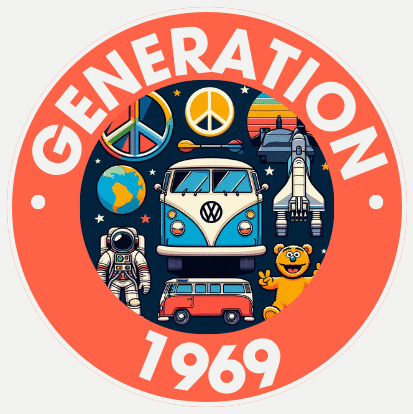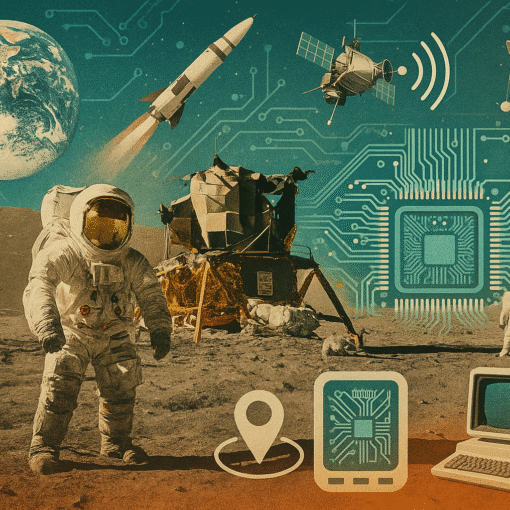The internet, a technology so embedded in modern life that it often goes unnoticed, has radically redefined how we communicate, work, and think. Yet, behind the ever-connected present lies a rich history of innovation, collaboration, and resilience. From modest academic experiments to a global digital revolution, the internet’s journey is a testament to human ingenuity. This article explores its origin, growth, societal impact, and what lies ahead.
The Genesis of a Digital Revolution: How It All Began
The story of the internet begins long before the first website or email. In the 1960s, at the height of the Cold War, the U.S. Department of Defense sought a resilient communication system that could withstand a nuclear attack. This vision materialized in ARPANET, the project launched by the Defense Advanced Research Projects Agency (DARPA) in 1969. Unlike conventional networks, ARPANET used packet switching—a method of breaking data into smaller packets for efficient and reliable transmission—pioneering a new model of information exchange.
Key to this transformation were visionaries like Vint Cerf and Bob Kahn, often dubbed the “fathers of the internet.” Their work on the Transmission Control Protocol/Internet Protocol (TCP/IP) laid the technical foundation for connecting disparate computer networks into one unified system. The shift to TCP/IP in 1983 officially marked the birth of the modern internet.
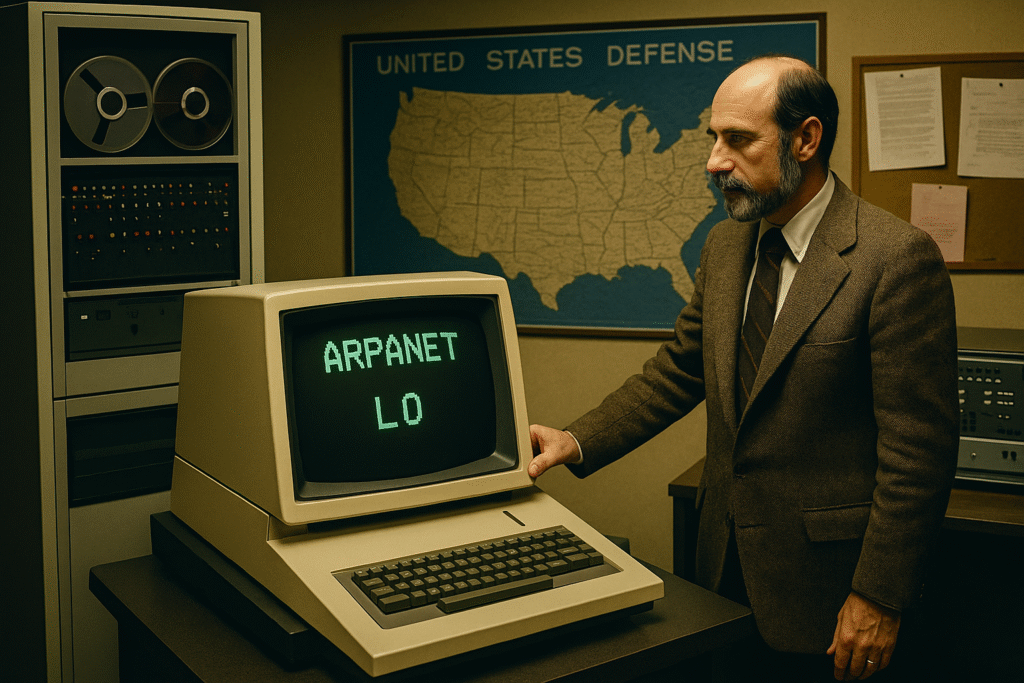
The first message ever sent over ARPANET was a simple attempt to log in from UCLA to Stanford. The intended message was “LOGIN,” but the system crashed after the first two letters. What resulted was the now-historic transmission: “LO.” This unintended brevity became a symbolic moment in internet lore.
Despite the technical brilliance, early networking efforts faced formidable challenges. Limited funding, hardware compatibility issues, and skepticism from institutions posed real threats. Politically, there were concerns about security, control, and the unintended consequences of building a decentralized communication system. Yet, perseverance by researchers and engineers overcame these barriers, and ARPANET continued to grow, linking universities and research centers across the United States.
Constructing a World Wide Web: The Evolution of Network Technologies
As the 1980s progressed, the internet evolved from a government project to a broader academic and scientific resource. A pivotal leap occurred with the creation of TCP/IP, which enabled diverse networks to “speak” the same language. It was a unifying moment—one that made the internet scalable and extensible.
Then came Tim Berners-Lee, a British computer scientist working at CERN. In 1989, he proposed a system for sharing documents across networks using hypertext. By 1990, he had created the World Wide Web, along with the first web server and browser. HTML (HyperText Markup Language) became the backbone of this innovation, enabling documents to be linked and displayed on-screen in a format accessible to all.
The first popular browser, Mosaic, arrived in 1993. Its graphical interface and user-friendly design opened the internet to the public, marking the start of a digital renaissance. Developed by Marc Andreessen and his team at the University of Illinois, Mosaic laid the groundwork for Netscape Navigator, which dominated the mid-1990s and helped usher in the era of dot-com entrepreneurship.
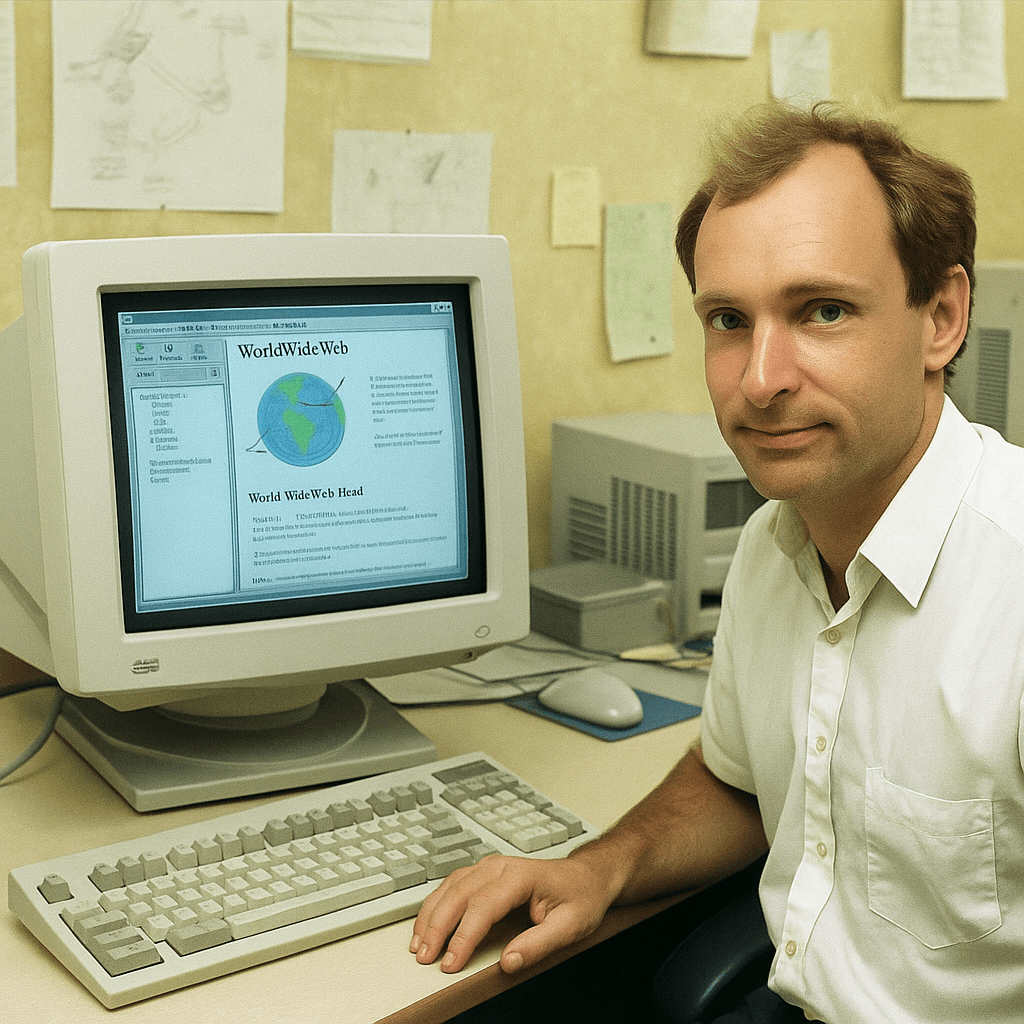
Technological milestones followed rapidly: the launch of Yahoo! in 1994, Amazon in 1995, and Google in 1998. Each platform revolutionized how people accessed information, shopped, and explored the web. Innovations in web scripting (JavaScript), interactive design (Flash, CSS), and server infrastructure made the web richer, faster, and more immersive.
These advancements reshaped everything from education and journalism to business and entertainment, making the web not just a utility—but a culture in itself.
Opening the Digital Floodgates: A Global Phenomenon
By the turn of the millennium, the internet was no longer a novelty; it had become a global phenomenon. Commercialization drove much of this expansion. Businesses large and small began leveraging websites, email, and e-commerce platforms to reach wider audiences, reduce costs, and streamline operations. Entire industries—travel, finance, music, publishing—underwent digital transformation.
Alongside commerce came social media, the internet’s most socially disruptive innovation. Platforms like Friendster (2002), MySpace (2003), Facebook (2004), and Twitter (2006) redefined how people connected, expressed themselves, and formed communities. These networks gave rise to influencers, viral content, and global conversations that transcended borders.
But this widespread connectivity exposed the digital divide—the gap between those with internet access and those without. In developed nations, broadband brought high-speed access to homes and schools. In contrast, many rural and underprivileged areas lagged behind. International efforts like One Laptop Per Child, community wireless networks, and mobile internet initiatives in Africa and Asia sought to close this gap. While progress has been made, accessibility and affordability remain persistent challenges.

Culturally and economically, the internet became a catalyst for change. It fueled grassroots activism, enabled remote work, launched viral movements (#MeToo, Arab Spring), and democratized access to knowledge. Crowdsourced platforms like Wikipedia, YouTube, and Reddit gave users the tools to create, share, and shape the global discourse.
The internet didn’t just reshape communication—it redefined power structures. From politics and privacy to media and labor, the digital age disrupted established norms and fostered new ecosystems of influence.
The Internet Today and Tomorrow: Charting the Unforeseen Path
Today, the internet is omnipresent. Over 5 billion people are online, accessing an ever-expanding universe of information, services, and interactions. From streaming entertainment and online banking to education and telemedicine, the web has become an extension of daily life—an always-on portal to the world.
But this integration raises urgent concerns. Cybersecurity threats, misinformation, data breaches, and surveillance have cast shadows over the utopian promise of a free and open internet. Tech giants wield unprecedented power, raising questions about privacy, monopolization, and ethical responsibility. As users, we trade convenience for data, often without fully understanding the implications.
Despite these challenges, the internet’s evolution continues—fueled by emerging technologies. Artificial intelligence powers recommendation engines, voice assistants, and predictive analytics. The Internet of Things (IoT) links everyday devices into vast networks of automation. 5G promises ultra-fast connectivity that could enable immersive experiences in augmented and virtual reality, transforming industries like healthcare, gaming, and education.
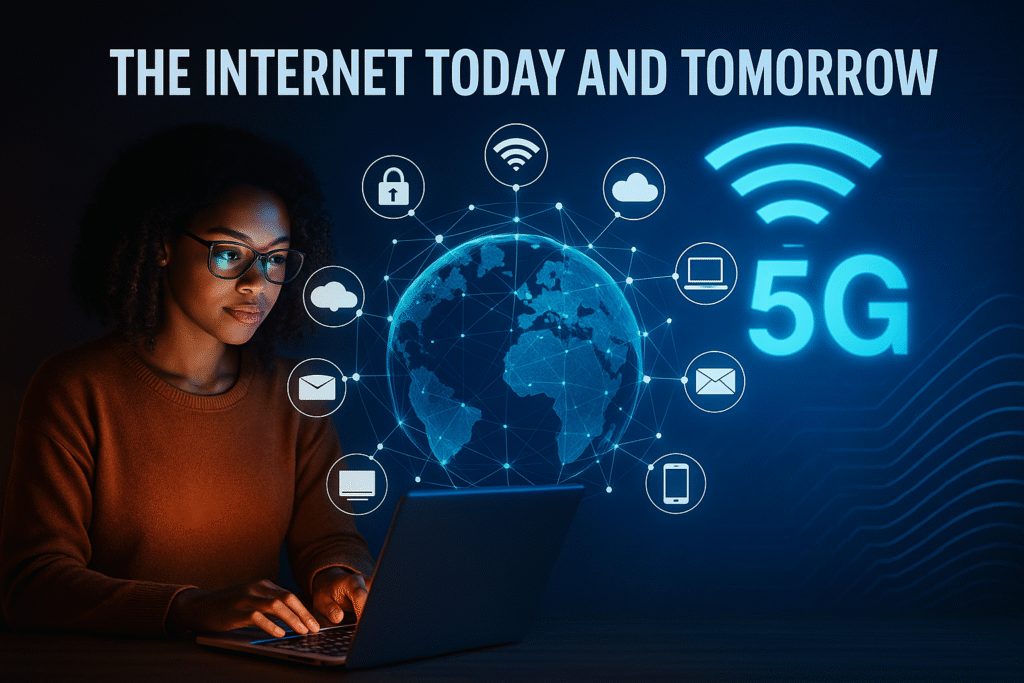
Looking ahead, the future of the internet lies at the intersection of innovation and responsibility. Concepts like Web3, blockchain decentralization, digital sovereignty, and quantum internet signal a push toward greater user control, transparency, and security.
Yet challenges remain: balancing free speech with misinformation, fostering inclusion without exploitation, and ensuring digital well-being in an era of constant connectivity.
The birth of the internet was a technical triumph. Its adolescence has been a whirlwind of opportunity and disruption. Its future will depend not just on engineers and policymakers—but on the choices we all make as digital citizens.
Conclusion: A Legacy Still Unfolding
From ARPANET’s first blip to a world where the internet touches nearly every human life, the story of the internet is still being written. It began as a tool of survival and has evolved into an engine of creativity, connection, and transformation.
As we look forward to an increasingly connected future, understanding the internet’s roots, milestones, and impacts helps us navigate its possibilities and perils with wisdom and intention. The digital revolution wasn’t a single moment—it was a chain of sparks. And we are its living legacy.
📚 Want to Go Deeper Into 1969?
Share your thoughts below and don’t miss our detailed review of Rob Kirkpatrick’s 1969 – The Year Everything Changed. Discover how a single year transformed culture, politics, technology, and more.
📖 Read the Book Review Now